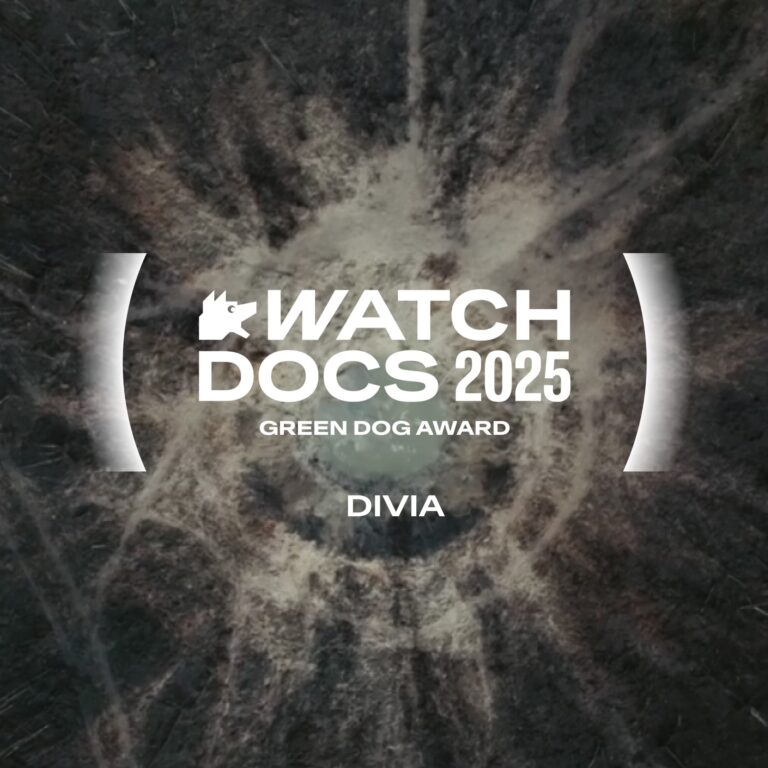


Dmytro Sukholytkyy-Sobchuk: Silent Flood

For readers who do classes in documentary films and want to teach how to start a film, the opening, take an inspirational look at “Silent Flood”:
A scenery at a river, hard to grasp because of a dense fog that slowly is lifting, accompanied by old voices off screen telling stories from the past. Stories about bridges that took people from shore to shore but were bombed and destroyed during two wars. The first and the second WW. And never built up again. An amazing opening of a film, that is the filmmaker’s prologue to a film, like one rich painting turned into a film. I felt like I was in a museum going closer and closer to a painting to discover.
A kind of raft is taking people across the river Dnister in Ukraine. A text announces the first chapter: The Shores of Eden. A magnificent sequence follows with a boy on horseback in the river. He and the horse have a hard time in the water but they enjoy. Paradisiacal.
Cut to children playing, a male voice off tells us with whom we are, “the saved ones”, later called the “Old Believers”, similarities to the Amish in the US – no electricity, no machines, no smoking, no drinking, no electronic devices. It is a very playful chapter and it goes from winter to summer images keeping the framed images. And the women washes their clothes in the river like the mother of Hans Christian Andersen did 200 years ago. Adventurous.
Next chapter is “Bread”. A male voice from the village talks about floods that Dnister has experienced. And about the villagers – “they call us the “dark people”. From 1850 we have stayed away from “modern life”, we believe in helping each other, we don’t go to war. He anticipates that there will be a Third WW, where a third of the world´s population will perish…
Bread… a woman kneads the dough, makes it into the form of a bread and puts it into the open fire oven. A mother cuts slices of bread, the father in the background, all women have their hair covered, the men wear hats, we don’t see them but we see a huge storage room, where the bread goes before it is taken to the front, to the soldiers 1300 km away to the East of Ukraine…
… to “Echoes of War”, the name of that chapter, where – wonderful sequence – the soldiers are enjoying christmas in a hut. They eat the bread from the religious community, talking about the villagers, about the young girls in the community, who are not given the chance to study as their mission is to give birth. They talk with respect and they talk about the varynyky, the wonderful Ukrainian dumplings (that I was introduced to when in Kyiv for the festival years ago)… The chapter, contrary to the rest of the film, ends with close-ups of faces of (some of) soldiers. Here they have a rest, but next day(s) is back to the front. Beautiful!
Epilogue. Soldiers with minesweepers moving slowly. The camera makes a 360 degree movement, bombed environment. A girl talks about explosions, about her father losing a leg, an unexploded mine is set to explosion, the girl sings a song, hope?
MUST mention the names of the camerapersons:
Ukraine, Germany, 2025, 90 mins.
The film is part of the Arte commissioned series of 12 films: https://ui.org.ua/en/sectors-en/en-projects/en-films/showcases-of-ukrainian-cinema/generation-ukraine-2/
❤️ ❤️ ❤️ ❤️ ❤️








